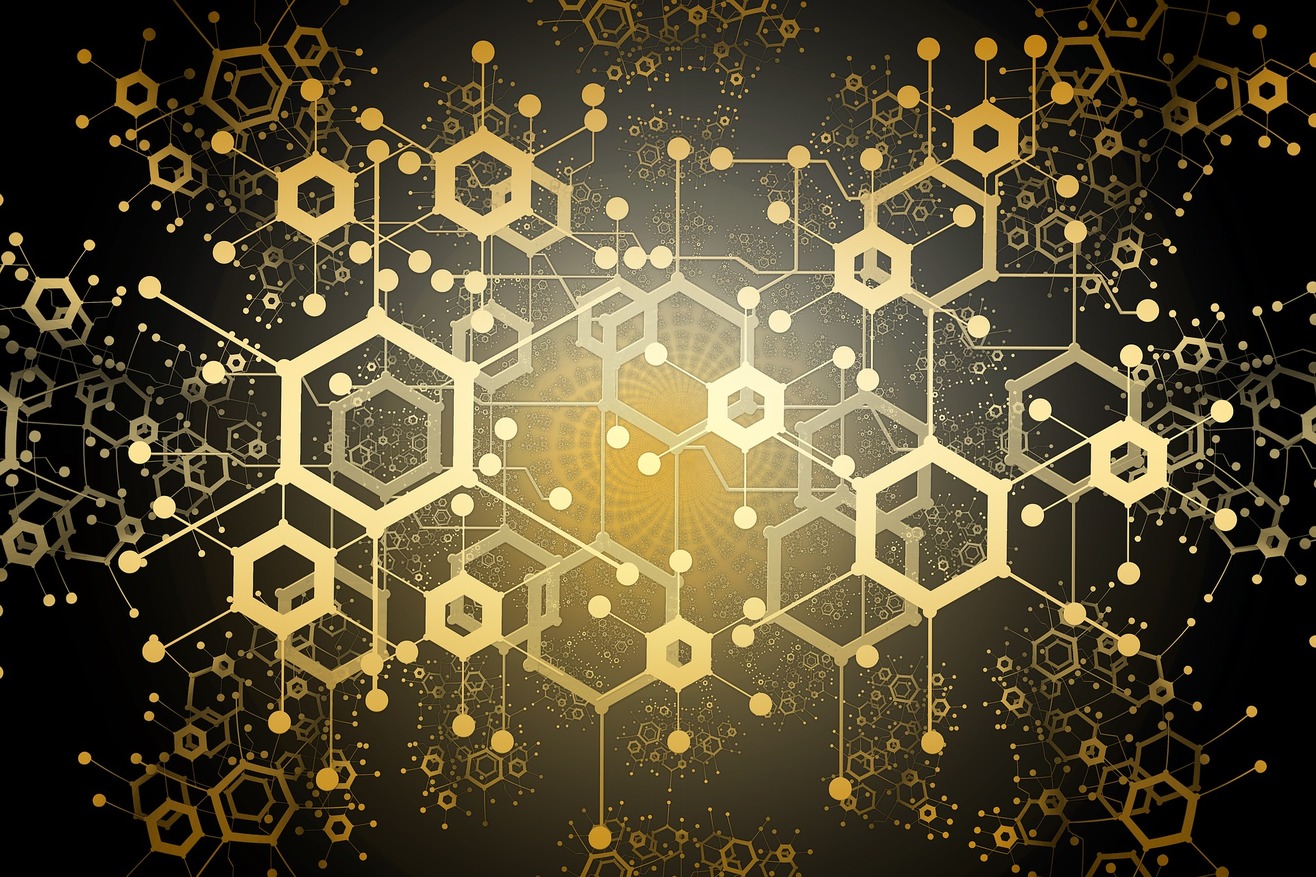The internet has been evolving over the years and the most recent development is Web 3.0, which promises to revolutionize the way we access and use information online. Web 2.0 was a major step forward in terms of user experience, but Web 3.0 is set to take it one step further by providing a more secure, personalized and interactive experience for users. In this article, we will explore the differences between Web 2 and Web 3 and how they are changing the way we use the internet. We will also look at some of the new technologies that are making these changes possible such as blockchain technology, artificial intelligence (AI), machine learning (ML) and other emerging technologies that are shaping our digital future.
What are Web 2 and Web 3, and What are the Major Differences?
Web 2 and Web 3 are two stages of the Internet evolution. Web 2 is the current version of the web, which is based on a client-server model and provides users with online web services such as search engines, social media sites, e-commerce platforms etc. Web 3, also known as the Semantic Web, is a more interactive and intelligent version of the web that uses AI technologies to generate more personalized experiences for users.
The major difference between Web 2 and Web 3 lies in their approach to data. While Web 2 relies on structured data stored in databases, Web 3 allows data to be stored in a distributed manner across different computers connected to the internet. This makes it possible for machines to learn from the data and provide better recommendations to users. Additionally, it also enables developers to create more powerful applications that can make use of this distributed data in order to provide better user experiences.
Web 2 – From Static to Dynamic Content
Web 2 is generally considered to be the second generation of the web and is characterized by the proliferation of social media, user-generated content, and interactive web applications. It represents a shift from static web pages to more dynamic and interactive experiences. Key technologies associated with Web 2 include blogs, wikis, podcasts, and social networking sites.
Web 3 – The Next Generation of Online Technologies
Web 3 is the next generation of online technologies that promises to revolutionize the way we interact with the internet. It is based on distributed ledger technology, blockchain-based networks, and smart contracts. These technologies will enable users to securely store, transfer and manage their digital assets in a decentralized manner.
Web 3 will provide a more secure and reliable platform for conducting online transactions. It will also enable developers to build decentralized applications (dApps) that can be used for various purposes such as financial services, healthcare data management, identity management, and more. With Web 3, users can expect enhanced privacy and security while they are interacting with the internet.
Some of the technologies associated with Web 3.0 include natural language processing, artificial intelligence, and the use of ontologies (formal representations of concepts and relationships) to describe data.
The Growing Impact of Decentralized Networks & Protocols on Web 2
Decentralized networks and protocols are becoming increasingly popular as a way to provide more secure, private, and efficient data transmission. These networks allow for peer-to-peer communication, meaning that the data is not stored on a single server but is instead distributed across multiple computers in the network. This makes it much harder for hackers to access sensitive information or to tamper with it.
The growing impact of decentralized networks and protocols on Web 2 has been significant. They have allowed users to access content from around the world without relying on centralized servers or services. Furthermore, they have enabled new applications such as cryptocurrencies and smart contracts which can be used to securely transfer money or execute agreements without any third party intervention. Finally, these networks have also made it easier for users to control their own data and privacy by allowing them to store their personal information securely in a decentralized manner.
The Benefits & Challenges of Transitioning from Web 2 to Web 3
With the emergence of Web 3, businesses are presented with new opportunities and challenges. Web 3 is a decentralized platform that provides enhanced security, privacy, and scalability compared to traditional web 2.0 applications. The transition to web 3 can bring many benefits such as increased efficiency, more cost-effective operations, better user experience and improved data security. However, businesses must also consider the potential challenges such as increased complexity in development and implementation of web 3 applications.
How Businesses Can Leverage the Benefits Of Both Platforms For Maximum Results
With the introduction of Web 3.0, businesses now have the opportunity to leverage the benefits of both web 2.0 and web 3.0 platforms for maximum results. Web 2.0 is an older platform that businesses use to build websites, content management systems and other online services while Web 3.0 is a newer platform that enables businesses to leverage blockchain technology and smart contracts for improved security, data privacy, and more efficient transactions.
By leveraging both platforms simultaneously, businesses can benefit from increased scalability, improved customer experience, better data security and privacy, enhanced automation capabilities and more efficient transactions. Additionally, they can also enjoy cost savings due to the reduced need for manual labor or third-party services when using web 3 technologies such as smart contracts or distributed ledger technology (DLT).
The evolution of the web from Web 2.0 to Web 3.0 represents a move towards more intelligent and interconnected systems that can better understand and make use of the vast amounts of data available on the web.








